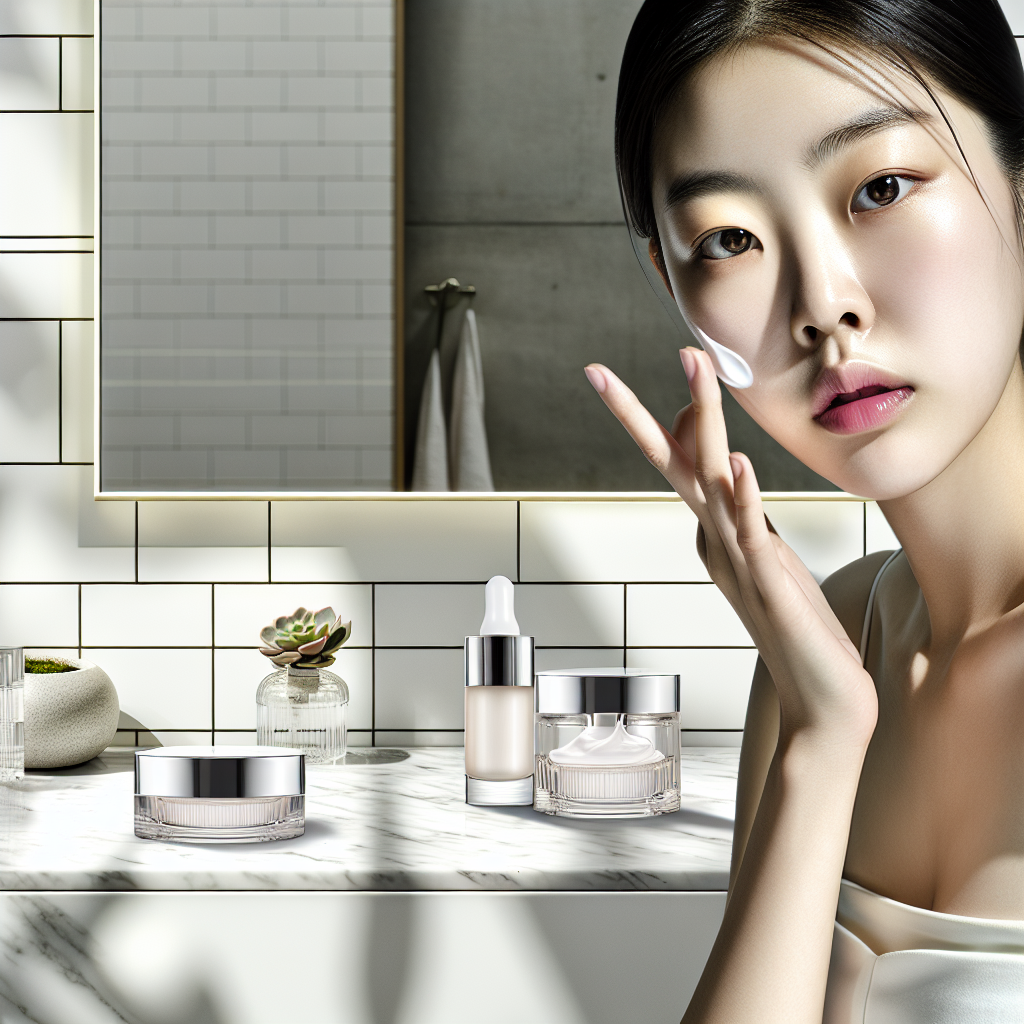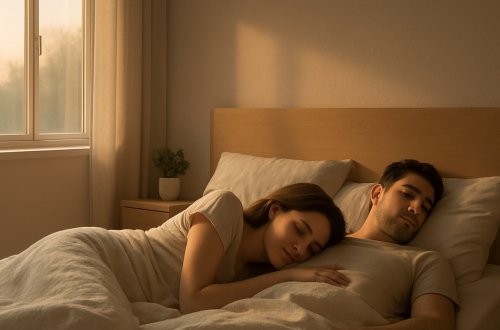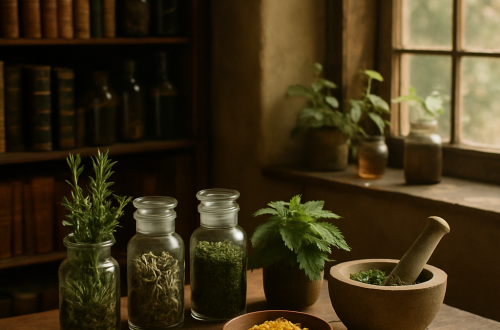The Science of Skin: How Microbiomes Influence Your Beauty Routine

Hold up – before you slather on that trendy new serum or ditch your cleanser for some DIY concoction, let’s have a heart-to-heart about our skin’s secret roommates: the microbiomes. Picture this: a bunch of microscopic beings dancing on your face, completely invisible but definitely making a buzz (at least scientifically speaking). These tiny organisms are doing more to influence your beauty routine than you might think.
So, why are we diving into this germy pool? To cut through the clutter of beauty myths and zoom in on what really makes those products on your vanity sink or swim.
What the Heck Is a Microbiome?
Alright, imagine your skin as a bustling city and your microbiomes as its diverse citizens. You’ve got bacteria (the good, the bad, the indifferent), fungi (no, not like the stuff under your toenails), and even viruses chilling together. Everyone’s doing their bit to keep the city running smoothly. These organisms have actually evolved with us, forming what scientists like to call a “symbiotic relationship.” Sounds like something out of a Marvel movie, but it’s just biology!
The microbiome isn’t a homogenous soup, though. Different parts of your skin host distinct communities. Think about it: the environment on your oily T-zone is way different from the desert-like stretch of your shins. Paul R. Cohen, Ph.D., a dermatologist and researcher, mentions that these diverse ecosystems are essential for protecting your skin against pathogens, educating your immune system, and even affecting inflammation levels. Who knew that the bane of teenage acne could hold clues to the very essence of healthy skin?
When Good Bacteria Go Bad (and Vice Versa)
Now, there’s this idea floating around that bacteria are just bad news. While it’s true certain pathogens might revel in chaos, many are allies rather than enemies. Remember when Jennifer Lawrence stunned the Met Gala with a glow that seemed inexplicable? Word on the street was she had a regimen that included probiotics – and no, not the yogurt kind. The application of probiotics directly to skin can aid in calming inflammation and boosting skin health, according to Dr. Whitney Bowe, who is known for her work on skin health and microbiomes.
But here’s a curveball: sometimes those microorganisms go rogue. Stress, diet, environmental factors – they can all send your skin’s balance into a tailspin. Picture your microbiome as a finely choreographed dance, and stress as that one person who shows up and just starts thrashing around. Not good.
The Beauty Industry’s Microbiome Buzz
Of course, the beauty industry’s all over this microbiome revelation like white on rice. There are stacks of products claiming to “balance” or “enhance” your skin flora. The trend isn’t without merit; after all, maintaining a healthy microbiome is crucial. But do these products deliver, or are they just riding the latest wave?
There’s a study by Elizabeth A. Grice, Ph.D., who’s deep into dermatological research, showing that individual skin microbiomes are unique, almost like fingerprints. What works for your bestie might not work for you, which is why some “universal” products don’t hit the mark. It’s an odd moment when the serum promising to obliterate your zits ends up making them the stars of their own Netflix series on your face.
The Simple (and Sensible) Path to a Balanced Microbiome
Alright, let’s talk strategy. Balancing your microbiome is less about chucking out your entire skincare arsenal and more about making informed tweaks. Start small: assess your daily routine. Are you over-cleansing? Stripping your skin might feel squeaky-clean fabulous, but it’s akin to a bulldozer flattening a thriving metropolis – not ideal.
Next, consider gentle, pH-balanced products. They’re less likely to disrupt the delicate micro-ecosystem living rent-free on your skin. While you’re at it, think about simplifying your product lineup. We’ve all fallen into the trap of loving a 10-step routine, but sometimes less really is more.
Unexpected allies in your quest for balance may be found in fermented ingredients. Long a staple in Korean beauty routines, these components are rich in probiotics and may aid in nurturing your skin’s bacterial balance. Though it might sound bizarre, there’s something geekily satisfying about slapping on a fermented toner knowing it’s doing some microscopic good.
An Unconventional Thought: The Skin’s Seasonal Symphony
Ever noticed how your skin’s vibe changes with the seasons? Imagine it – like a symphony adapting to different movements throughout the year. Summer might pepper your cheeks with sun-kissed freckles, whereas winter leaves them parched and pleading for moisture. This isn’t just about weather; it’s a dance of microbes responding to their environment.
Shifting our perspective to see skincare as seasonal might be the fresh breath we’ve been overlooking. While this isn’t a hard-and-fast rule, experimenting with seasonal routines could yield that elusive glow. It also highlights the importance of flexibility in our routines, understanding that skin’s needs are in constant flux (much like our moods when Netflix cancels our favorite show).
A Quick Word on DIY Skincare
Let’s be real – who hasn’t tried whipping up a Pinterest-inspired mask with ingredients straight from the pantry? While DIY can be fun, it’s a mixed bag. For example, lemon juice is often praised for its brightening effects but can disrupt your pH balance and irritate the skin. So, if you’re going the DIY route, proceed with wisdom and caution. Consult reliable sources or even a dermatologist before turning your kitchen into a skincare lab.
Reflecting on the Chaos and Calm
The science of skin and microbiomes isn’t a solved puzzle; it’s an evolving conversation. As more research surfaces, our understanding will deepen, offering more precise solutions. It’s a wild ride, but isn’t that the beauty of it? Our faces are the stage for this microscopic drama, and while we might not have all the answers, being part of the dialogue is half the fun (or at least that’s what I tell myself when a new pimple pops up).
While we wrap our heads around these microbial communities, perhaps the key takeaway is this: true beauty might not just be about what you see but about the unseen dance happening right beneath the surface. Knowing that, it gives a whole new meaning to looking in the mirror.


